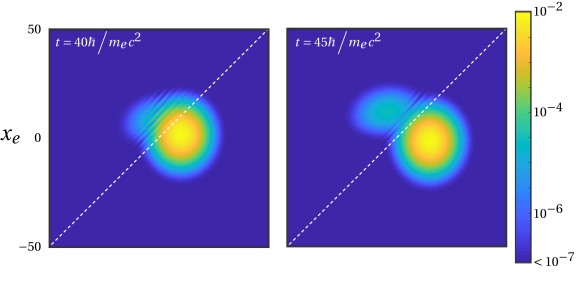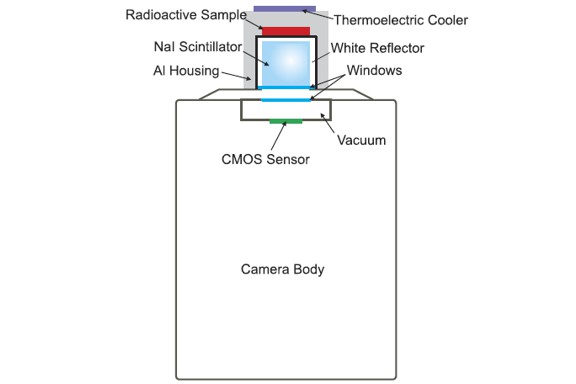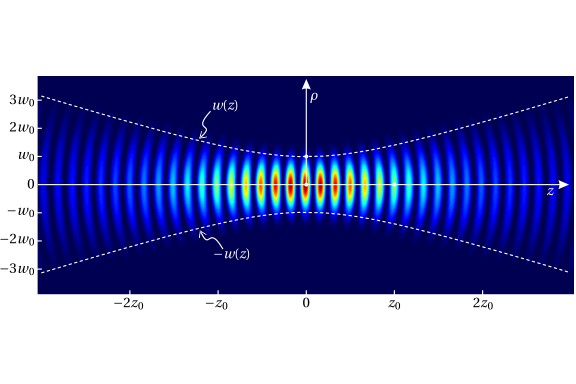Selected Publications

The standard method for approaching quantum electrodynamic (QED) field theory uses a perturbative S-matrix approach. This approach is explicitly nondynamical and provides only a one-time, static map between an initial state to be evolved by the “full propagator” of a bona-fide interacting field theory and an asymptotically equivalent effective initial state to be evolved by the “free propagator” of the corresponding noninteracting field theory. We provide a detailed derivation of a nonperturbative and dynamical approach to QED that allows one to study the space-time dynamics of electron-photon interactions directly. As an example of this method, we compute the time-resolved dynamics of Compton scattering for a system with a nontrivial spatial structure in only one dimension while restricting to the case of a single electron and at most one photon. This approach retains the massless photon of quantum electrodynamics in contrast to previous approaches that resorted to using massive bosons [T. Cheng, E. R. Gospodarczyk, Q. Su, and R. Grobe, Ann. Phys. 325, 265 (2010)] to represent the photon. The dynamics of Compton scattering are illustrated using joint probability distributions that evolve in time. This information is compared to that provided by the S matrix.

We report an all-solid-state gamma-ray scintillation detector comprised of a NaI(Tl) crystal and a scientific-grade CMOS camera. After calibration, this detector exhibits excellent linearity over more than three decades of activity levels ranging from 10 mCi to 400 nCi. Because the detector is not counting pulses, dead-time correction is not required. Compared to systems that use a photomultiplier tube, this detector has similar sensitivity and noise characteristics on short time scales. On longer time scales, we measure drifts of a few percent over several days, which can be accommodated through regular calibration. Using this detector, we observe that when high activity sources are brought into close proximity to the NaI crystal, several minutes are required for the measured signal to achieve a steady state.
